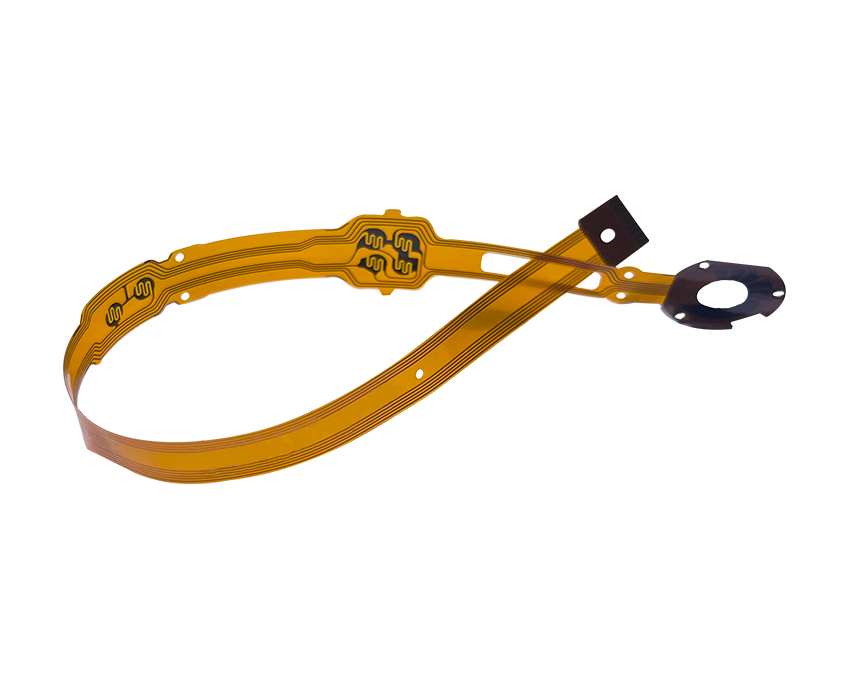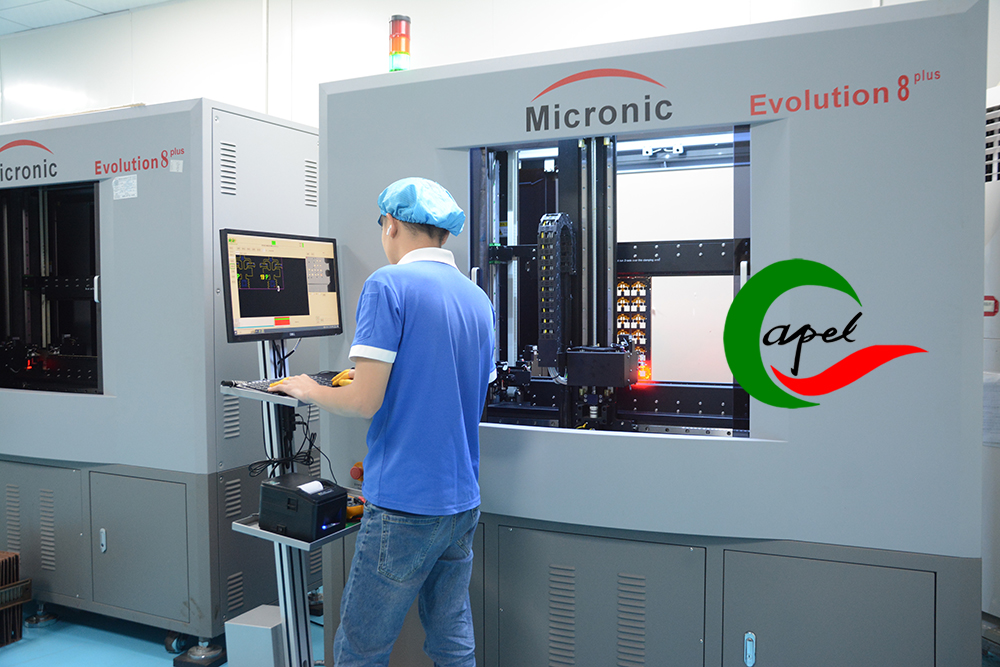The ultimate guide to exploring flexible printed circuits, covering the uses, benefits and applications of this innovative technology. Learn about Capel’s 16 years of expertise in flexible printed circuit board manufacturing, the benefits of flexible electronics, practical applications and the latest industry developments.
Introduction: Capel’s expertise in flexible printed circuit manufacturing
A. Company Profile: Capel 16 years of flex pcb manufacturing expertise
Capel is a leading manufacturer with 16 years of experience in flexpcb prototyping and manufacturing. The company has established itself as a reliable and innovative partner in the industry, providing high-quality solutions to meet the diverse needs of its customers. With a strong emphasis on technological innovation and advanced process capabilities, Capel has established a reputation for excellence in the flexible pcb board.
B. Definition of flexible circuit board
Flexible printed circuits, also known as flex circuits, are a lightweight, flexible and highly versatile electronic interconnect technology. They are designed to provide high reliability and excellent performance in a wide range of applications, making them ideal for modern electronic equipment.
C. The importance of flexible electronics in modern technology
Flexible electronics are becoming increasingly important in modern technology as they enable innovative product designs and meet the growing demand for compact, lightweight and durable electronic devices. As a result, the flexible printed circuit market has experienced significant growth with its applications spread across various industries.
Understanding Flexible Printed Circuits: Materials and Working Mechanisms
A. Understanding Flexible Circuits
Flexible printed circuits consist of a thin, flexible substrate material, usually made of polyimide or polyester, that provides the basis for circuit layout. This flexibility allows the circuit to bend, twist and fold, making it suitable for applications where traditional rigid PCBs are not feasible.
B. Materials used in flexible PCB
The materials used in bendable circuit board plays a vital role in determining their performance and reliability. In addition to the flexible substrate, other key materials include conductive traces, adhesives and protective coatings, all of which are carefully selected to ensure the circuit meets the specific requirements of each application.
C. Working mechanism of flexible electronic devices
The working mechanism of flexible electronics involves the use of advanced manufacturing processes to integrate electronic components such as resistors, capacitors and integrated circuits onto flexible substrates. This enables the creation of complex, high-density circuits that can be customized to fit the unique form factors of various devices.
Benefits of Flexible Electronics: Flexibility, Durability and Applications
A. Flexibility and durability
One of the main advantages of flexible electronics is their ability to withstand bending, bending and vibration, making them highly durable and reliable in harsh operating environments. This flexibility also enables circuits to be integrated into unconventional shapes and designs, expanding the possibilities for product innovation.
B.Applications in various industries
flex circuit pcb are widely used in consumer electronics, automobiles, medical equipment, aerospace and other industries. Their ability to adapt to the specific requirements of each industry makes them a versatile solution to a variety of technical challenges.
Product Features: Configuration and Customization Options
Capel’s flexible printed circuits are available in a variety of configurations, including single-sided, double-sided and multi-layer designs up to 30 layers. Extensive product capabilities allow circuits to be customized to meet the exact specifications of each application, ensuring optimal performance and reliability.
Flexible Printed Circuit Applications: Real-Life Examples and Industry Impact
A. Where are flexible printed circuits used?
Flexible printed circuits are used in a wide range of applications, including flexible displays, wearable devices, automotive sensors, medical implants, etc. Their ability to conform to complex shapes and withstand repetitive motion makes them ideal for applications where traditional rigid PCBs are impractical.
B. How do flexible electronics work in different devices?
The unique properties of flexible electronics enable their integration into a variety of devices, such as curved displays, foldable smartphones, and flexible sensors. Their ability to adapt to a device’s form factor while maintaining electrical connectivity makes them a key enabler of next-generation electronics.
C. Real-life examples of flexible electronics applications
Capel has successfully implemented flexible printed circuit solutions in a variety of real-world applications, including flexible LED displays, automotive control modules and medical diagnostic equipment. These examples demonstrate the versatility and reliability of Capel flexible electronics in meeting the specific needs of each industry.
The latest developments and market trends in the flexible circuit board industry
A. Latest developments and news in the flex circuit board industry
Driven by the demand for innovative electronic products, the flexible printed circuit industry is experiencing rapid development in materials, manufacturing processes and applications. Capel remains at the forefront of these developments, continually investing in research and development to provide customers with cutting-edge solutions.
B. Flexible electronic products are becoming more and more important in the market
The growing demand for flexible electronics is driven by the need for compact, lightweight and durable electronic devices across various industries. Therefore, the flexible printed circuit market is expected to continue to expand, bringing new opportunities for technological innovation and product development.
Flexible Printed Circuit Fabrication Process
Conclusion: Overview of Uses, Benefits, and Capel’s Commitment to Quality
1. Overview of the uses, advantages and applications of flexible printed circuits
Flexible printed circuits have a wide range of uses, advantages, and applications, making them an important technology for modern electronic devices. Their ability to deliver flexibility, durability and high performance across diverse industries makes them key enablers of technological innovation.
B. Capel is committed to providing high-quality flexible printed circuit solutions
Capel’s 16 years of experience, advanced process capabilities, strong R&D capabilities and mature technology reflect the company’s commitment to providing high-quality flexible printed circuit solutions. The successful case studies presented in this article demonstrate Capel’s expertise in solving industry-specific challenges and delivering innovative solutions to clients.
Taken together, the advantages of Capel’s flexible circuit processes and technologies reflect the company’s commitment to technological innovation and excellence in flexible printed circuit prototyping and manufacturing. With a proven track record of success and commitment to advancing the field of flexible electronics, Capel continues to be a trusted partner for customers seeking high-quality, reliable and innovative flexible printed circuit solutions.
Post time: Mar-26-2024
Back








